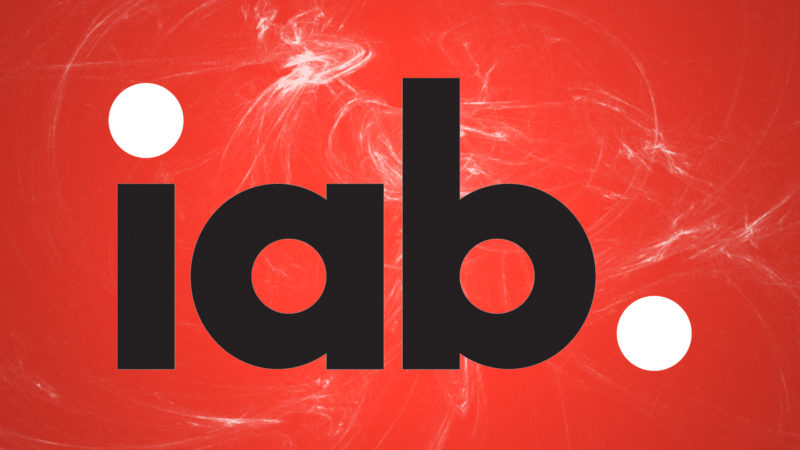The IAB Introduces L.E.A.N. Ads Program In Response To Ad Blocking
The group has introduced the L.E.A.N. Ads program to address the reasons consumers turn to ad blocking.
“We messed up. As technologists, tasked with delivering content and services to users, we lost track of the user experience.” That’s the IAB’s admission of industry complicity in the swell of discontent about digital advertising and use of ad blockers.
In reaction to this screwup and in the face of rising awareness and availability of ad blocking tools, the Interactive Advertising Bureau (IAB) announced it is launching a new approach to ad standards.
The new L.E.A.N. Ads program — an acronym for light, encrypted, ad choice supported, non-invasive ads — devised by the IAB Tech Lab, is meant to quell the havoc that ad tech has wrought on digital advertising experiences and quell the ad-blocker-reliant rebellion against terrible user experiences.
The L.E.A.N. program proposes an alternative set of standards to address the reasons consumers are turning to ad blockers:
Among the many areas of concentration, we must also address frequency capping on retargeting in Ad Tech and make sure a user is targeted appropriately before, but never AFTER they make a purchase. If we are so good at reach and scale, we can be just as good, if not better, at moderation. Additionally, we must address volume of ads per page as well as continue on the path to viewability. The dependencies here are critical to an optimized user experience.
The IAB has been adamant about its belief that “ad blocking is wrong” and a threat to the industry. L.E.A.N. is how the IAB plans to address that threat. One way is to speed up page loads by no longer pre-loading ads when the units aren’t in view and limiting calls from trackers that collect reams of data that isn’t used to deliver more targeted and relevant ads. Another is retiring video autoplay in many contexts and getting rid of flashing and blinking ads once and for all. The final recommendation is for publishers to turn away advertisers that don’t meet these standards.
We can thank Apple for putting a spur in this issue with its admission of content blockers in iOS 9. The rise of mobile ad blockers woke up the industry like nothing else had. Now the hard work of making significant improvements at all levels — advertiser, agency, ad tech, publisher — begins.
Opinions expressed in this article are those of the guest author and not necessarily MarTech. Staff authors are listed here.
Related stories
